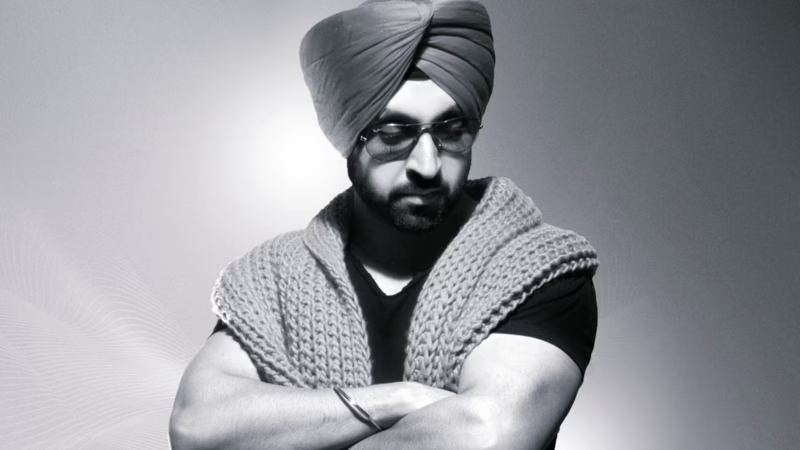Indian cinema has come a long way in how it shows LGBTQ+ people. In the past, queer characters were often portrayed as stereotypes—used for laughs or seen as villains. These portrayals were unfair and hurtful. They made these people seem one-dimensional and reinforced the idea that they were different in a negative way.
Today, things are changing for the better. More movies and shows are trying to represent LGBTQ+ people in a way that feels real and relatable. These stories are helping audiences understand the this community better, showing that they are just like everyone else—with dreams, emotions, and struggles.
How LGBTQ+ People Were Shown in the Past
In earlier Indian films, LGBTQ+ characters were rarely important to the story. Instead, they were used for comedy or as scary villains. This type of representation did not reflect the truth of their lives.
- Gay characters were often shown as overly dramatic or silly. This created the false idea that all gay men were the same, which isn’t true.
- Lesbian characters were rarely seen. When they did appear, they were often portrayed as dangerous or sad, with stories that ended in tragedy.
These portrayals made it hard for audiences to connect with or understand these people. Instead of helping, they pushed harmful stereotypes that caused more harm than good.
A Change for the Better
In the late 1990s and early 2000s, Indian cinema began to take small steps toward better representation of these people. A few bold filmmakers started telling stories that were more truthful and humane.
Pathbreaking Films That Sparked Change
Some of the first films to explore LGBTQ+ themes faced backlash but played a big role in starting conversations about acceptance:
- Fire (1996): This movie told the story of two women who fall in love while living in a traditional household. It faced censorship and protests but opened the door for discussions about same-sex love in India.
- My Brother… Nikhil (2005): This emotional film focused on a gay man diagnosed with HIV, shedding light on the stigma faced by LGBTQ+ individuals.
These films showed LGBTQ+ characters as real people, not just stereotypes. They gave audiences a glimpse of the challenges that these people face while also highlighting their humanity.
LGBTQ+ Stories in the Mainstream
Today, LGBTQ+ representation has moved closer to the spotlight. Mainstream films and shows now include queer characters, making their stories more visible and relatable to wider audiences.
Popular Films That Made a Difference
Two recent examples of Hindi films that reached large audiences include:
- Ek Ladki Ko Dekha Toh Aisa Laga (2019): This heartwarming story about a lesbian woman trying to come out to her family mixed humor with sensitivity. It helped normalize discussions about same-sex relationships in Indian households.
- Shubh Mangal Zyada Saavdhan (2020): A lighthearted movie about a gay couple’s fight for acceptance, this film used comedy to tackle serious issues about LGBTQ+ rights.
These films proved that LGBTQ+ stories can be entertaining and meaningful. They encouraged more filmmakers to tell diverse stories and helped audiences see LGBTQ+ people as part of the same world.
What Needs to Happen Next
Despite the progress, there’s still more to do when it comes to truly fair and inclusive LGBTQ+ representation in Indian cinema.
Breaking Stereotypes
Some films still use outdated stereotypes when portraying LGBTQ+ characters. Filmmakers need to focus on showing a broader range of experiences and personalities within the community.
Exploring Diverse Stories
Most films about LGBTQ+ people focus on urban, upper-middle-class individuals. It’s important to tell stories about queer people from small towns, rural areas, and different socio-economic backgrounds to show that they exist in every part of society.
Inclusion Behind the Scenes
LGBTQ+ representation isn’t just about what we see on screen. The film industry also needs to create opportunities for LGBTQ+ writers, directors, and actors to share their perspectives and stories authentically.
Regional and Independent Films Take the Lead
While Hindi cinema gets most of the attention, regional and independent films have often led the way in portraying LGBTQ+ stories with depth and sincerity.
- Super Deluxe (2019): This Tamil film featured a storyline about a transgender woman, earning praise for its honest and powerful narrative.
- Independent films and web series have also made an impact, with shows like Made in Heaven and Four More Shots Please! bringing well-rounded LGBTQ+ characters to the global stage.
Streaming platforms have opened up space for these stories to reach wider audiences, bypassing traditional censorship and norms.
Conclusion
The way Indian cinema shows LGBTQ+ people has improved a lot over the years. It’s no longer just about stereotypes—today, there are films and shows that represent the LGBTQ+ community in a real and meaningful way.
This change is helping audiences understand LGBTQ+ people better and fostering acceptance. But the journey isn’t over. There’s a need for more diverse stories, better roles for LGBTQ+ actors, and inclusive spaces within the industry.
By continuing to tell authentic and inclusive stories, Indian cinema can play a key role in creating a society where everyone feels seen and respected. To explore more on this and similar topics about representation in cinema, visit FilmsnMinds.









